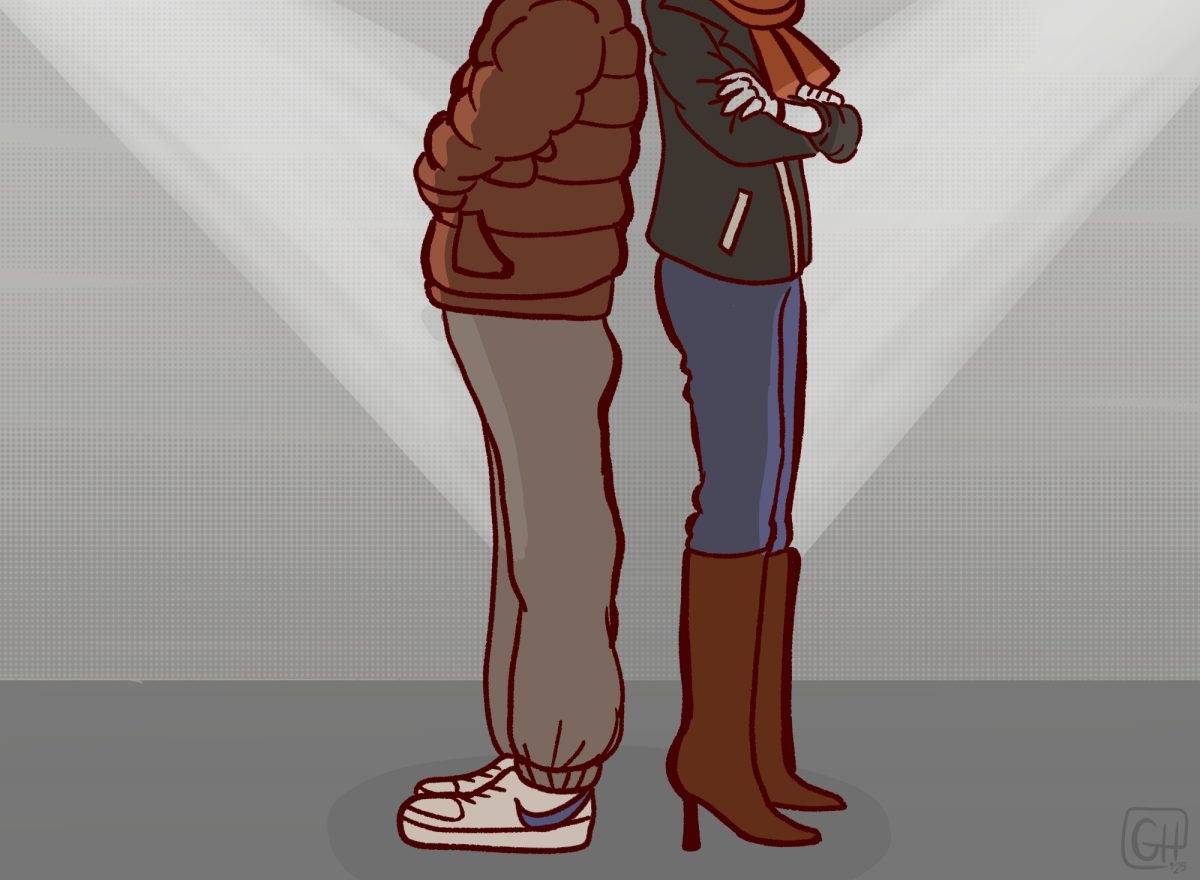
Several protesters stood outside the John Joseph Moakley U.S. Courthouse Thursday as proceedings continued in a case challenging the National Emerging Infectious Diseases Laboratories at Boston University, commonly referred to as the BU biolab.
Inside the courthouse, a team of prosecuting attorneys argued that the National Institutes of Health risk assessment of the lab, which was released Jan. 2, did not properly consider alternatives or the biolab’s environmental consequences. The case, Allen v. NIH, is in its beginning stages.
“We got involved with this back in 2003 because we were concerned with the fact that this lab was being put in an area that was very congested, many poor people of color, we felt that they were being exploited,” said Cornelia Sullivan, one of the protesters and Fenway-area resident. “They chose to put it in an area where people were poor.”
Eight protesters stood outside the courthouse in opposition to the NIH ruling, which found the biolab to pose minimal risk to the surrounding community.
The lab will conduct research on Level 3 and Level 4 pathogens and diseases if approved, including SARS, Ebola, 1918 H1N1 influenza, anthrax and pneumonic plague.
Sullivan said there is evidence that the biolab’s anticipated research may be used to create bio-weapons.
“What really struck us was the caliber of the scientists who came out against this — two Nobel laureates spoke against it,” she said. “What one of them said was that this lab could be used to create instruments of death … We studied this for a couple of years and we felt we could no longer stand aside and just study — we had to make a statement.”
Seth Jaffe, the attorney representing BU and the NEIDL, said the lab’s design and construction ensured it poses little risk to the surrounding community.
“The greatest risk is to the people who work there,” Jaffe said.
Jaffe also said the project’s Blue Ribbon Panel, the team in charge of approving the risk assessment, was fully qualified.
“BRP really is arguably the greatest collection of experts that have been put together on this,” he said. “On the modeling, they didn’t have a single bit of criticism.”
Chief Judge Patti Saris, who oversaw the hearing, questioned Jaffe and the rest of the defense team regarding their inspection of different types of pathogens’ ability to spread in the case of an escape or accident, particularly when coupled with the use of public transportation.
She questioned the NIH risk assessment estimation that on an average spring day, a Boston citizen comes in “close contact,” or close proximity to another human for at least ten minutes, with only 44 people, as opposed to someone in a suburban area, who comes into close contact with 38.
Jaffe, in response, said commuting played a role in the estimation, but that even with the use of public transportation, the figures in urban, suburban and rural settings were similar, meaning the placement of the biolab in an urban setting may not increase the risk of the spread of disease.
“They all had different numbers for contacts while commuting, in Boston versus the other sites,” he said. “They’re still pretty darn close.”
Becky Pierce, another protester who lives in Dorchester near the lab, said the lab’s funding originally came from the U.S. Department of Defense after the 9/11 terrorist attacks and subsequent anthrax attacks.
“They decided to set up a few labs to study these emerging diseases that could be used for bio-terrorism,” Pierce said. “Whether or not the original motive was to create weapons under the guise of creating defense against weapons, the same research has to be done to make a vaccine or to make a weapon.”
She said the lab should have been built somewhere other than Boston.
“This sort of facility should not be in a heavily populated area,” Pierce said. “It should be in a sparsely populated area so if a [pathogen] escape does happen, or there is an accident, they [lab officials] can track the people and make sure they’re not getting sick.”




















































































































